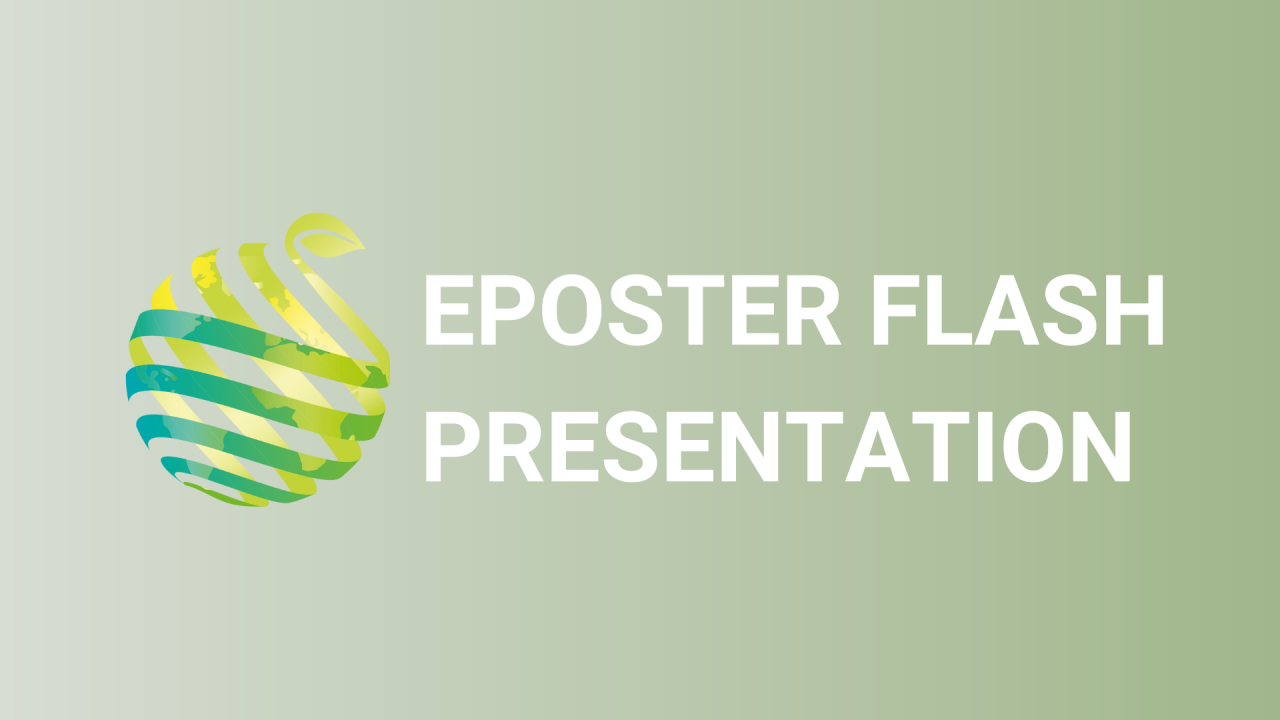

S06 - Session P7 - Strategies towards optimization of continuous lighting in tomatoes.
Information
Authors: Jason Lanoue *, Yinzi Li, Celeste Little, Jingming Zheng, Sarah St. Louis, Aiming Wang, Xiuming Hao
The daily light integral (DLI; light intensity x photoperiod) is one of the most influential factors driving biomass production and yield. In greenhouse tomatoes, the use of extended periods of supplemental lighting ( > 18h) can cause photoperiod-related injury characterized by interveinal chlorosis and reduced yield. However, recent research suggests that the implementation of low intensity, dynamic continuous lighting (24h; CL) strategies can prevent photoperiod-related injury while sustaining yields, reducing capital fixture costs and electrical demand. The experiment was performed on greenhouse tomato plants at the Harrow Research and Development Centre in Harrow, Ontario, Canada during the winter months from November to April. Five CL treatments, utilizing red light during the day for 12h (T2), 16h (T3), or 20h (T4), were followed by blue light at night. In addition, we used a 24h red + blue treatment (T5) and a 12h day with blue light and 12h night with red light (T6). All treatments were compared to a 16h red + blue control (T1) and had similar DLIs (12.04 mol m -2 d -1 ). During the first 50 days of growth, T2 and T3 had similar photosynthetic capacities (Pn max ) to T1, while T4-6 were drastically reduced due to increased photoperiod-related leaf injury. Later in the production period (100 days) it was observed that a high Pn max from T4-6 was restored and found to be similar to T1, while reduced photoperiod-related injury was observed. Yield (fruit weight per stem and average fruit weight) were similar between T1-T4 while T5 and T6 had reduced production. This data suggests that the use of CL with a 20h day length with reduced red light intensity followed by a 4h blue light period can sustain yield while reducing fixture need and electricity demand. RNA-sequencing data will also be discussed.